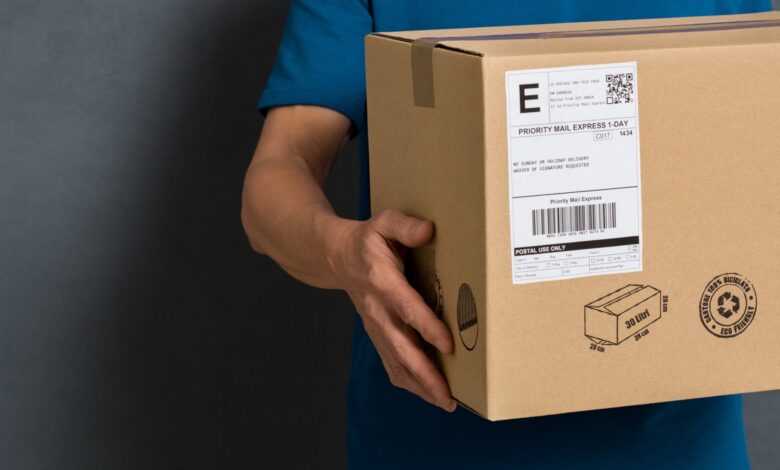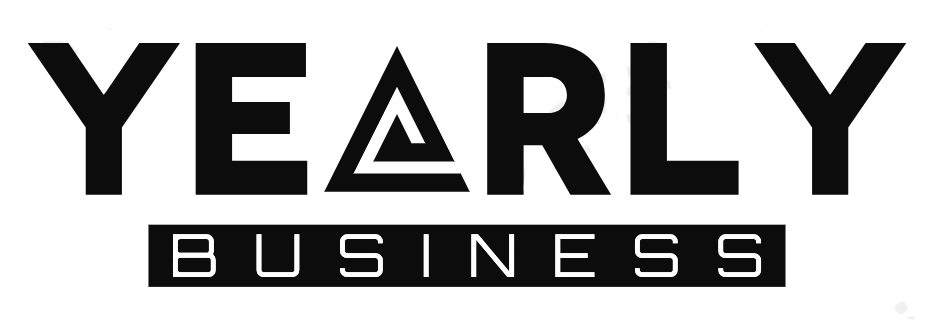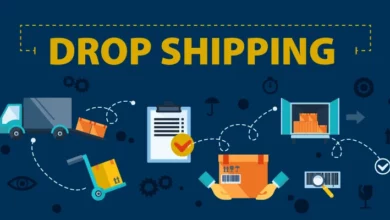The Ultimate Comparison: Dropshipping vs Amazon FBA

We all know that e-commerce is one of the best income sources. You work from home without overhead, and your business can increase.
But we must learn the best ways to make the most money. There are two ways to run dropshipping businesses or an e-commerce business on Amazon: FBA.
While you may have heard about branded dropshipping, you may not know much about Amazon FBA. So, let’s talk about dropshipping vs Amazon FBA.
What is Dropshipping?
Dropshipping is a retail fulfillment method where the store doesn’t keep the products it sells in stock. Instead, when a customer makes a purchase, the store purchases the item from a third party (usually a wholesaler), who then ships it directly to the customer.
This means the store doesn’t have to handle or manage inventory. The products are shipped directly from the supplier to the customer.
What is Amazon FBA?
Amazon FBA stands for Fulfillment by Amazon. A program where sellers can store their products in Amazon’s fulfillment centers. When an order is placed, Amazon picks, packs, and ships the product to the customer.
Amazon also handles returns and provides customer service on behalf of the seller. This allows sellers to focus on other aspects of their business.
Inventory Management
In dropshipping, you don’t have to hold any inventory. You don’t have to invest in upfront costs. With Amazon FBA, you must pay inventory and storage fees.
In the dropshipping model, you’re free from the hassles of managing physical inventory. This eliminates the risk of procuring unsold stock and needing storage space.
This also means you have less control over the quality and delivery of your products. It can affect your customer satisfaction levels.
Amazon FBA requires you to buy and store your products in Amazon’s fulfillment centers. It has benefits like Amazon’s advanced fulfillment network and customer service.
You maintain more control over product quality and delivery times. It can enhance your brand’s reputation and monitor shipping warehouses.
Shipping
Shipping is critical in the dropshipping and Amazon FBA models. It impacts delivery times and customer satisfaction. In dropshipping, the responsibility of shipping falls on the supplier.
However, this can often lead to longer delivery times, as suppliers are typically overseas. The customer’s order might arrive in separate packages at different times. This negatively affects the customer’s experience.
Amazon FBA leverages Amazon’s extensive logistics network. This ensures swift and reliable shipping. Customers benefit from Amazon’s trusted and efficient delivery system.
However, this comes at a cost, as sellers need to account for Amazon’s shipping and handling fees. It can vary depending on the size and weight of the products.
When preparing for shipment Amazon, many sellers find this a worthwhile trade-off for increased customer satisfaction. It also repeats the business that fast and reliable shipping can bring.
Fees
The unit cost per item is usually higher as you buy one product at a time. Depending on your supplier, you may also be charged additional transaction fees. Therefore, while the initial costs are minimal, the operational costs can add up.
Sellers must pay a fee to Amazon for handling storage and fulfillment. This includes primary fees:
- the fulfillment fee for picking
- packing
- and shipping
These fees vary based on the size and weight of the product. Additionally, Amazon charges a referral fee on each sale. It is a certain percentage of the selling price.
They could result in lower per-item costs at volume. This gives you a potential higher margin on your products.
It’s also worth noting that while Amazon FBA might have higher costs. The benefits of leveraging Amazon’s:
- customer base
- logistics infrastructure
- customer service
This may outweigh these expenses for many sellers. Like dropshipping, the profitability of the Amazon FBA business model can also vary widely depending on factors such as:
- product selection
- marketing efforts
- ability to control costs
Branding
With drop shipping, the flexibility to choose from a vast array of suppliers allows you to curate a product selection that aligns with your brand image. You can build your website, craft unique product descriptions, and engage directly with your customers, contributing to your brand’s distinct identity.
In contrast, Amazon FBA operates under the ubiquitous Amazon brand. While this can lend credibility and trust to your products, individual brand visibility may suffer as your products are listed and sold alongside millions of others on Amazon’s marketplace. Customizing the product listing to stand out can be challenging within Amazon’s standardized format.
However, you can still influence your branding through:
- Quality product images
- Engaging product descriptions
- stellar customer service
The packaging is standardized with Amazon’s branding, satisfying and consistent unboxing experiences. This can lead to positive customer reviews, boosting your product’s reputation and visibility.
Customer Service
In the dropshipping model, sellers somewhat rely on their suppliers’ responsiveness and issue resolution, as the suppliers are directly responsible for product fulfillment. This can lead to challenges if a supplier is slow to respond or fails to resolve an issue adequately.
While you can choose your supplier, you don’t have direct control over their customer service. As a result, any delays or issues could reflect poorly on your brand, even if the fault lies with the supplier. Establishing good communication and service level agreements with your suppliers is crucial to mitigate these potential problems.
Amazon FBA, on the other hand, provides customer service on behalf of the sellers. This includes handling customer inquiries, returns, and refunds, thereby reducing the customer service workload for sellers. Amazon’s customer service is renowned for its efficiency and problem-solving capabilities, which can contribute to positive customer experiences.
If you consider Amazon FBA, you need a guide to help you manage everything with it. The Amazon SEO guide covers various aspects, including keyword research, product listing optimization, and customer reviews management.
Understanding the Differences Between Dropshipping vs Amazon FBA
In conclusion, dropshipping vs Amazon FBA offer unique advantages and are suitable for different types of businesses. It’s essential to consider your goals, resources, and target market before deciding which model suits you. Whichever option you choose, the key to success in e-commerce is providing a quality product and excellent customer service.
So, focus on delivering value to your customers, and your business will thrive regardless of your chosen model.
For more helpful tips, be sure to follow us!

